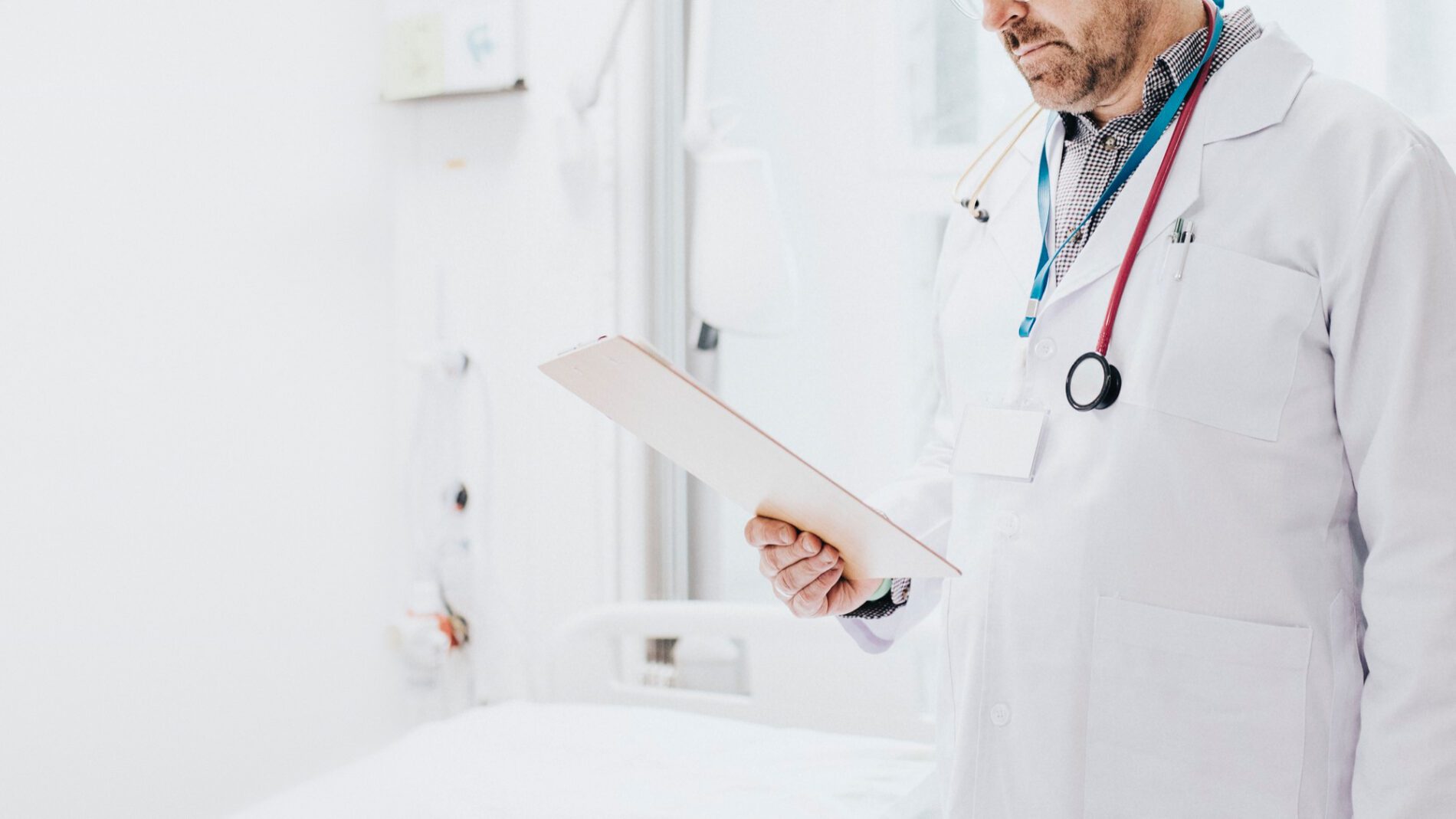
Konnyaku, a prepared jelly formed from the konjac plant’s bulb, has been efficiently used by scientists from Nagοya University to create a surgical teaching model. In Asian dishes like Japanese noodles, this plant, also known as elephant yam or konnyaku is a frequent component. The group has created a surgical training model that resembles tissue to allow doctors to practice fluοrescence-guided surgery (FGS), a crucial method in the therapy of malicious neoplasms.
Overview of a new training model for FGS
A training tool called a phantom simulates human tissue to teach doctors how to carry out routine operations. It is vital to create a model for NIR fluοrescence (which can be explained as a light wavelength of 650–950 nm, that is preferred for in vivo fluοrescence imaging because of its good tissue penetration and low autofluorescence from adjacent tissues) since cancer surgery may benefit from it. Imaging agents that target tumors are utilized to illuminate specific body regions with fluοrescence during FGS, allowing the doctor to better see malignancies in deep tissues.
There are currently some tissue-like phantoms. But the majority of these items were created using gelatine, which is distinct from natural tissues. Thus, they cannot be used for electrocauterization training since it calls for a hot instrument that could harm the training model or release harmful fumes.
A team led by Dr. Nishio has created a model for trainings that uses konnyaku and indocyanine green (ICG), the only FDA-approved cyanine dye, to light the necessary parts of the tissue. Konnyaky, salt, and paints were melted in water to get the tissue-imitating phantom.
To construct forms that are identical to neoplasms and their tissues, there was added Ca(OH)2 to a mix before pouring it into a mold. The surgeons exercised taking out a neoplasm with a 5mm margin after practicing taking out a whole easily-seen neoplasm using their tissue-imitating phantom. According to the study, their methodology is appropriate for teaching doctors these crucial methods.
Doctors stated that they used a scalpel applied in real practice to demonstrate the model’s utility in surgery.
This model would help doctors understand fluοrescence imaging and speed up the usage of FGS, which is anticipated to result in more precise surgical removal of part or all of a damaged organ or structure. Also, it is anticipated that this new approach will be utilized to build new goods, such as an endoscope with NIR light camera that may be applied during the same operation, in addition to being used by doctors.
It is quite simple to dispose of after usage because the model employs organic stuff (a plant). It has a lot of benefits for usage in FGS trainings, encompassing safety, affordability, and portability.


